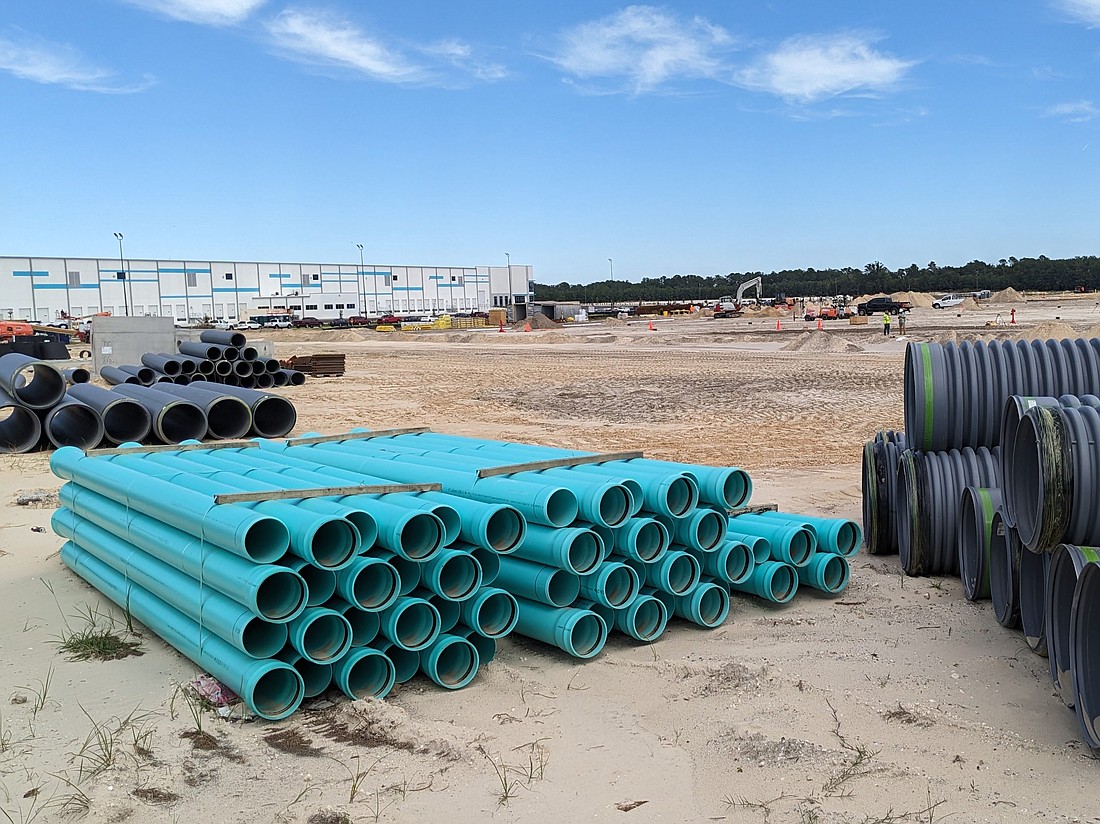
Industrial development has been the strongest sector of commercial real estate for some time now.

For several years, developers could not build warehouses fast enough to meet demand. With the population staying home during the pandemic, e-commerce exploded, creating the need for more distribution warehouses and faster delivery networks.
Capital was cheap and inflation was low.
Fast forward to 2022, rising interest rates, high cost of construction and as a result, higher cap rates have normalized the industrial capital markets and softened demand, but it remains the most active and stable choice for real estate investment, especially in Northeast Florida.
Despite the macroenvironment, Jacksonville and the Southeast remain fundamentally sound for industrial development with vacancies below 5%.
Here are a few reasons why Northeast Florida will continue to be a safe bet for industrial development.
Mass migration
Jacksonville has an exploding population. People are leaving places like New York and Illinois because of favorable tax conditions, lower cost of living, less government regulations and an overall better quality of life.
The city has added close to 133,000 people since 2010, making it one of the fastest-growing cities in the country. During that time, there has also been a 12% bump in median earnings.
This growth in both population and wealth increases the need for more distribution capabilities to support e-commerce and brick-and-mortar retail.
JaxPort
Shipping lanes are transforming. There has been a shift from Los Angeles/Long Beach and New York/New Jersey toward the Southeast.
Ports in Charleston, Savannah and Jacksonville have received much more attention and traffic in recent years.
In the past two, JaxPort has added five new ocean carrier services to its offerings.
With more cargo being brought to the region, the need for more warehousing will continue to increase.
Geography
Jacksonville specifically has geographic characteristics that make it a place ripe for new industrial development.
It is located within an eight-hour drive to more than 50 million people, strategically positioned at the easternmost end of Interstate 10 and at the gateway to Florida along Interstate 95.
These fundamentals will keep Jacksonville’s industrial market on stable ground throughout these strange economic times.
While leasing velocity is beginning to normalize, the Jacksonville market never became overbuilt like a multitude of other places across the country.
The vacancy rate will rise slightly as new buildings are delivered but the market remains tight no matter what size space a tenant is seeking.
Wade Powers is a program chair for the NAIOP Commercial Real Estate Development Association Northeast Florida chapter.